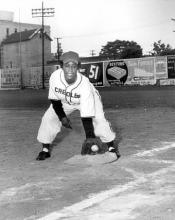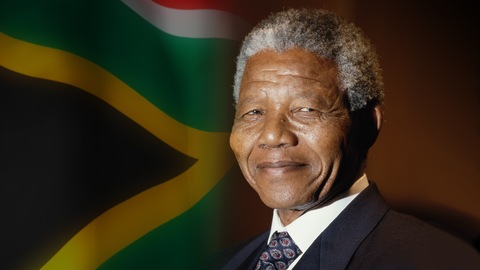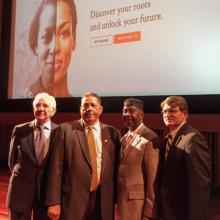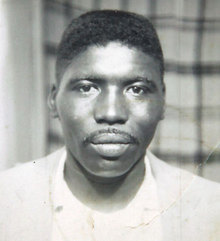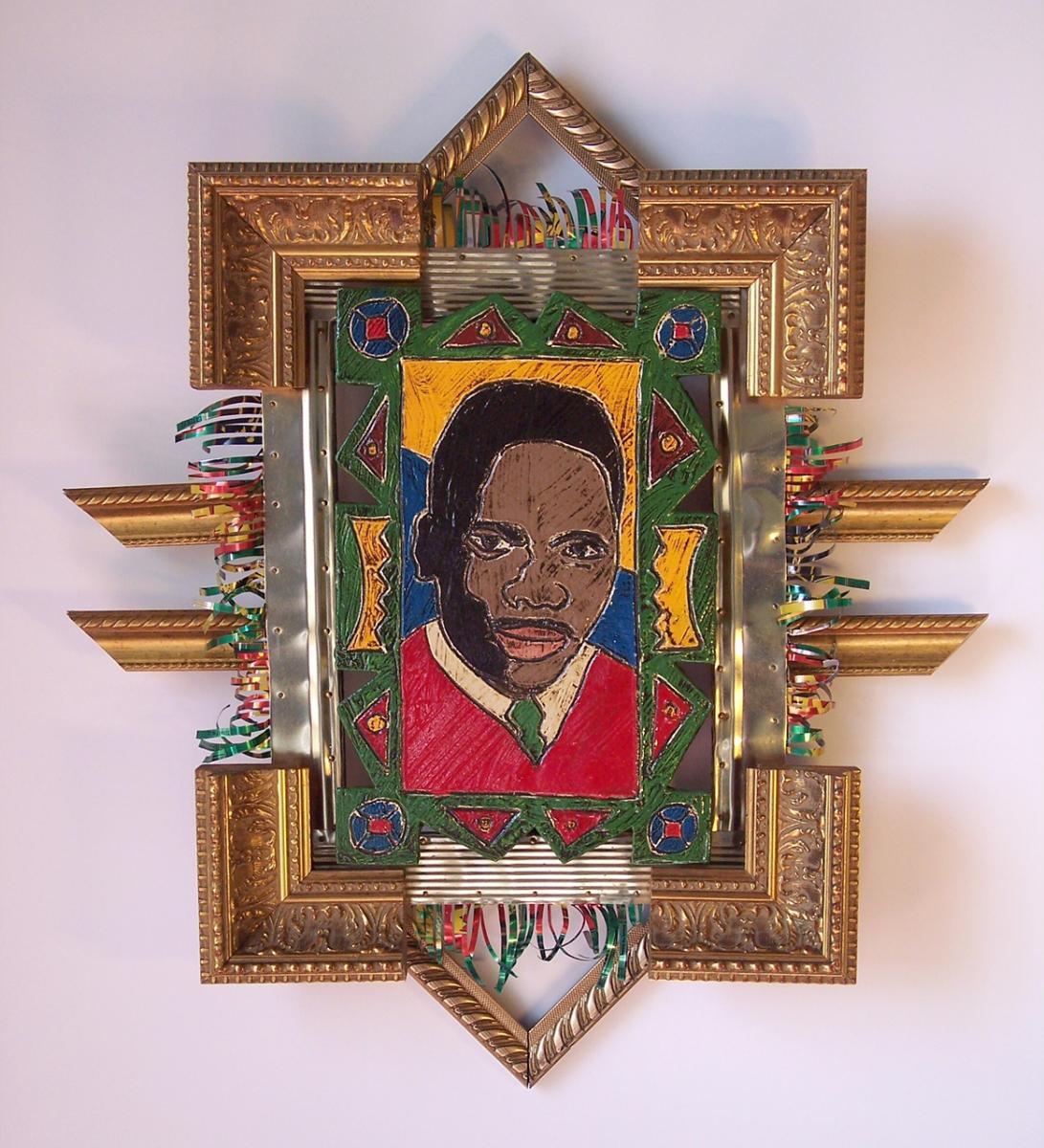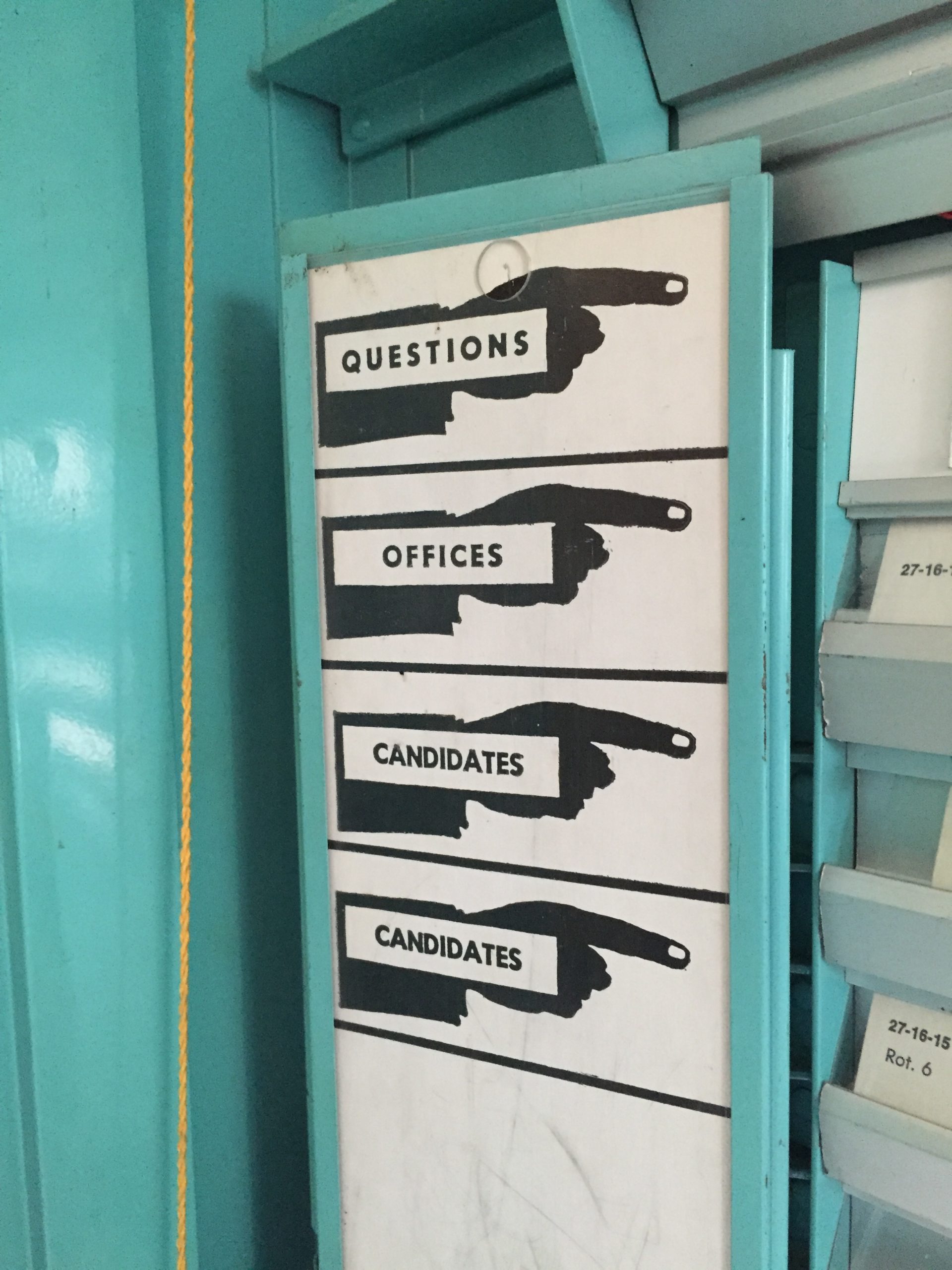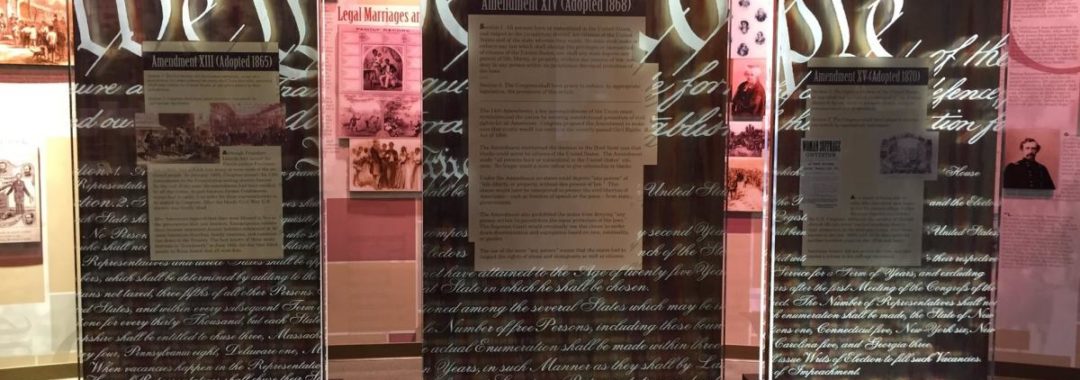Although the Emancipation Proclamation and the 13th Amendment ended slavery, at the end of the Civil War people still had a lot of questions about what would happen to those who only recently gained their freedom. Along with the 13th and 15th Amendments – collectively known as the “Reconstruction Amendments” – the 14th Amendment widely expanded the rights of former slaves in the United States.
The authors of the amendment took care to ensure that those civil rights would remain protected, forbidding states from denying anyone “life, liberty or property, without due process of law” or the “equal protection of the laws.”
Commonly referenced by that second phrase, the 14th Amendment has played a key role in many important Supreme Court cases that have shaped the past two centuries.
Brown v. Board of Education (1954), for example, struck down the “separate but equal” doctrine – which structured the Jim Crow south – because it violated the “equal protection” clause of the 14th Amendment. Based on cases against segregated schools in Kansas, South Carolina, Virginia and Delaware, Brown challenged the widely enforced Jim Crow laws that, here, limited black children’s access to the same quality education that their white peers experienced. The court ruled that, even if the schools had access to the same tangible factors (like pencils, science lab equipment, or teachers), the act of separation itself was an act of discrimination that violated the 14th Amendment.
The amendment was a milestone in the history of abolition and civil rights in the United States and has continued to protect people from discrimination throughout the decades. Because of the 14th Amendment, our Constitution upholds the idea that “all” – not just white males – “are created equal”. Learn more about the 14th amendment in From Slavery to Freedom, located on the third floor.



